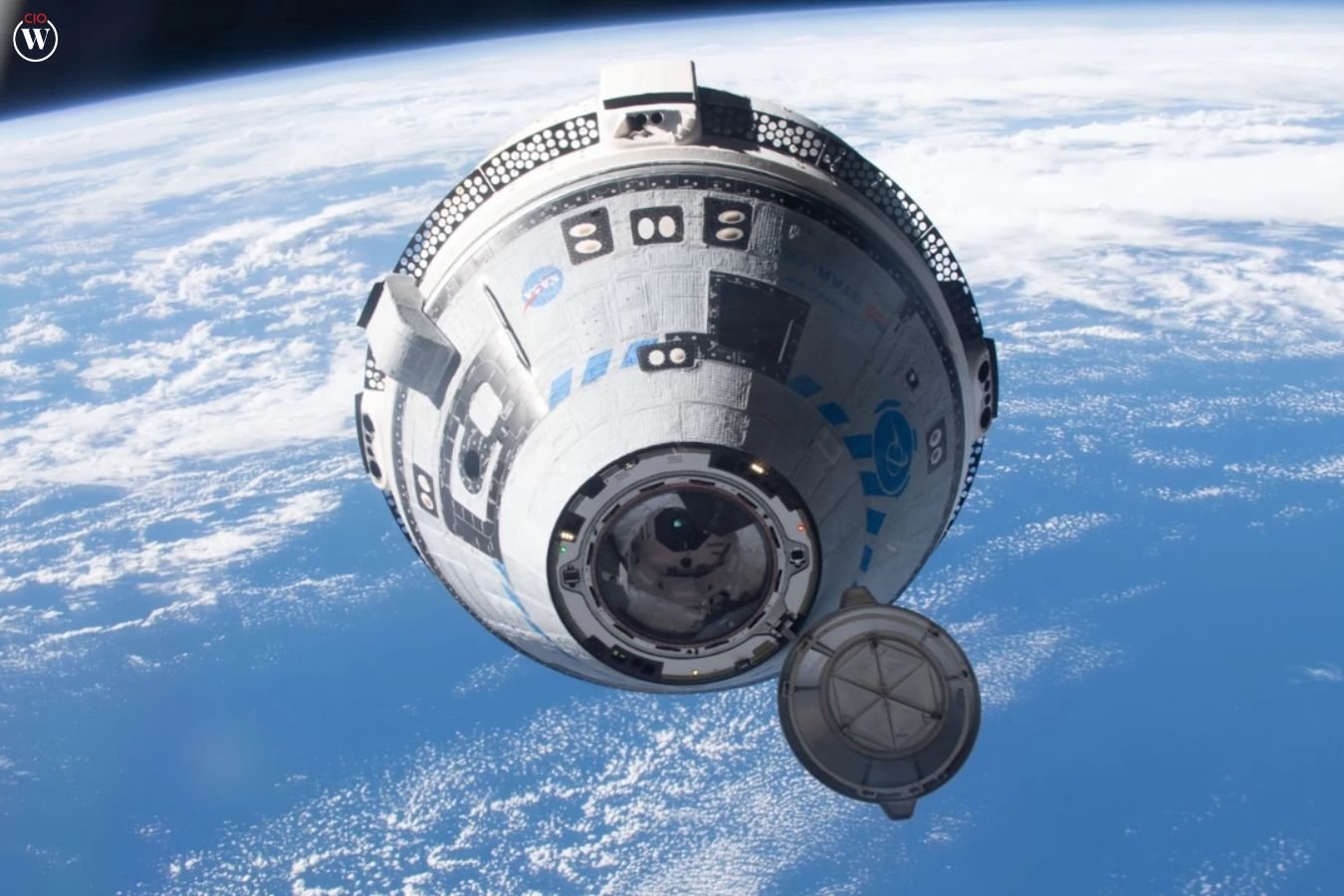Source – timesnownews.com
NASA and Boeing officials are still uncertain about when the Starliner spacecraft will return to Earth with its two astronauts, following weeks of intensive troubleshooting. Despite recent efforts to replicate and address the spacecraft’s issues—such as helium leaks and thruster malfunctions—the exact date for the astronauts’ homecoming remains undetermined. The prolonged delays reflect the complexity of the problems encountered and the thoroughness required to resolve them.
Breakthroughs in Understanding Thruster Issues: Starliner return delay
Significant progress has been made in understanding the thruster issues that plagued the Starliner during its initial journey to the International Space Station (ISS). Engineers performed over 1,000 test firings of the spacecraft’s thrusters at a testing facility in New Mexico. The goal was to simulate the conditions that led to the thrusters’ unexpected shutdown during the flight and to determine any associated risks with reactivation.
The tests revealed that heat accumulation within the thrusters might be causing Teflon seals to expand, which in turn restricts the flow of propellant. This finding is pivotal as it could explain the thruster malfunctions experienced during the mission. Mark Nappi, Boeing’s Commercial Crew Program Manager, noted that these insights have bolstered confidence in the spacecraft’s systems. However, the decision has been made to forgo manual flight operations for the return trip to avoid additional stress on the thrusters. “Some of the manual maneuvering put some extra stress on the thrusters,” explained Steve Stich, NASA’s Commercial Crew Program Manager.
Helium Leaks and Future Testing
In addition to addressing thruster issues, engineers are also focusing on helium leaks that affected the Starliner return delay. Preliminary analysis of a ground-based version of the spacecraft’s service module revealed that the leaks might be caused by degraded seals, which have been exposed to propellant vapor over time. To mitigate this, Boeing is considering replacing these seals with more durable materials for future missions.
Further testing is scheduled to continue through the weekend, with a focus on assessing the helium leaks while the spacecraft remains docked at the ISS. This testing will involve firing 27 of the Starliner’s thrusters to simulate conditions in space and to gauge whether the leaks have worsened since the spacecraft has been in orbit. The results of these tests will be crucial for determining the safety of returning the astronauts.
The ongoing efforts to resolve these issues are crucial for ensuring the safety and success of future Starliner missions. NASA and Boeing will review the data from the additional tests and may decide to schedule the spacecraft’s undocking as early as next week. However, officials stress that a definitive return date cannot be set until all issues are fully understood and addressed.
While engineers have made strides in diagnosing and understanding the Starliner return delay problems, including thruster malfunctions and helium leaks, the spacecraft’s return remains on hold. The upcoming tests and analyses will be critical in finalizing the spacecraft’s readiness for the astronauts’ homecoming and ensuring that future missions proceed smoothly.









